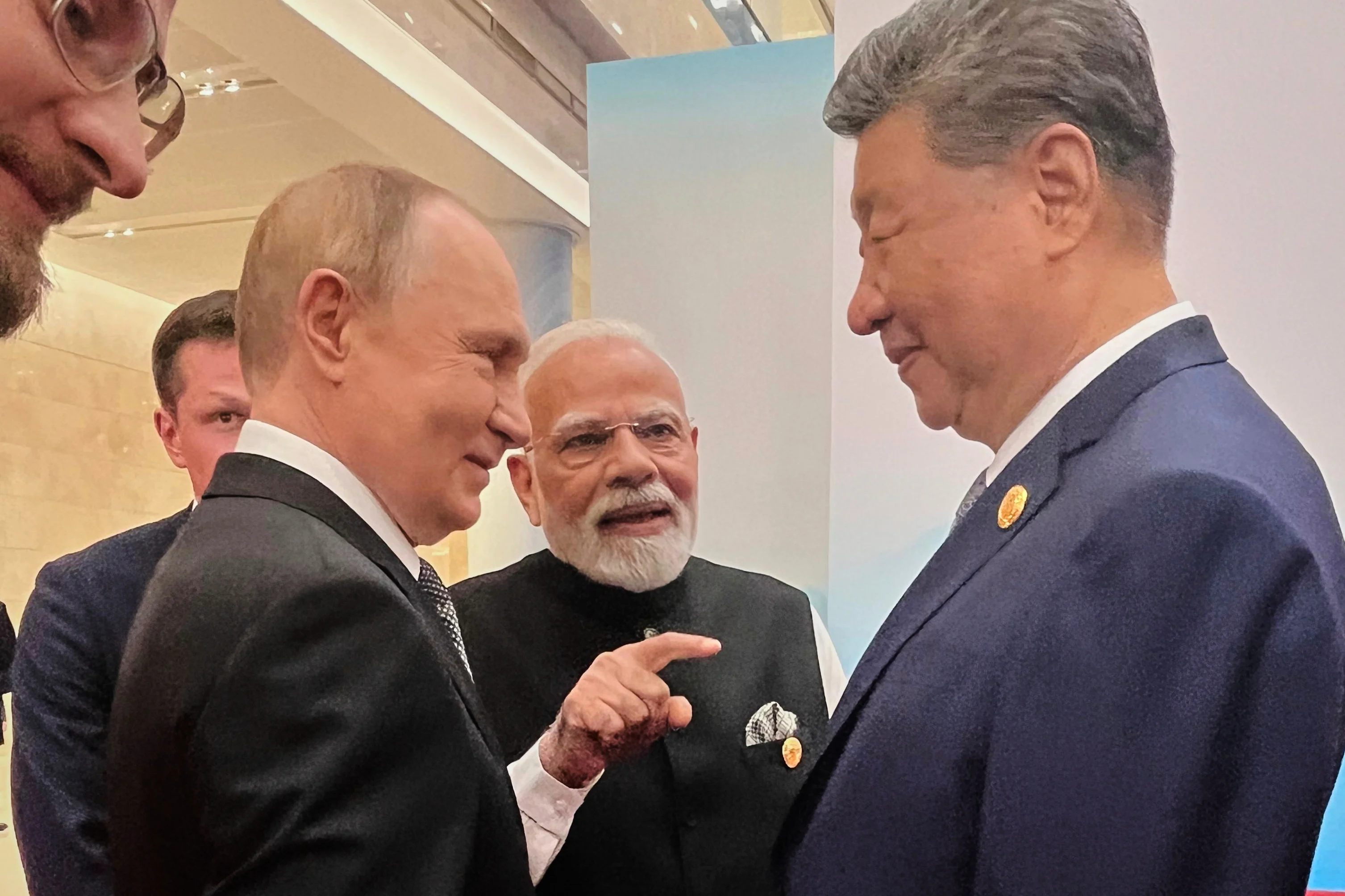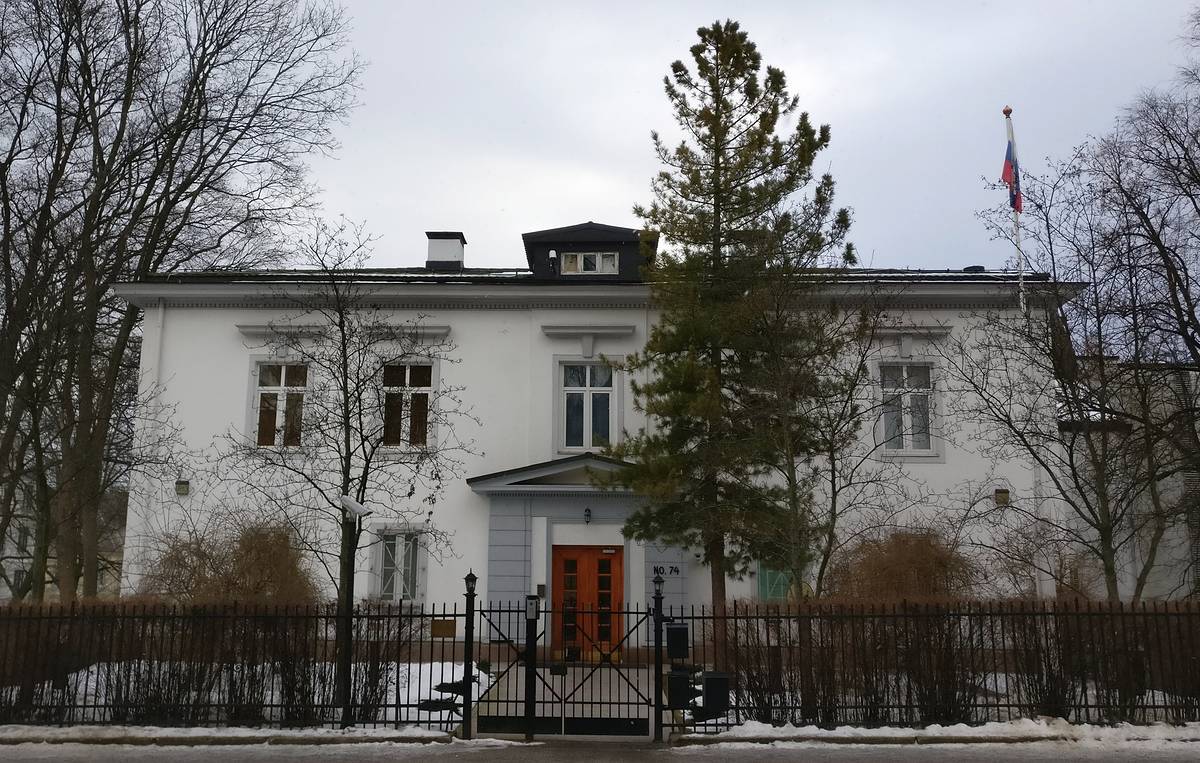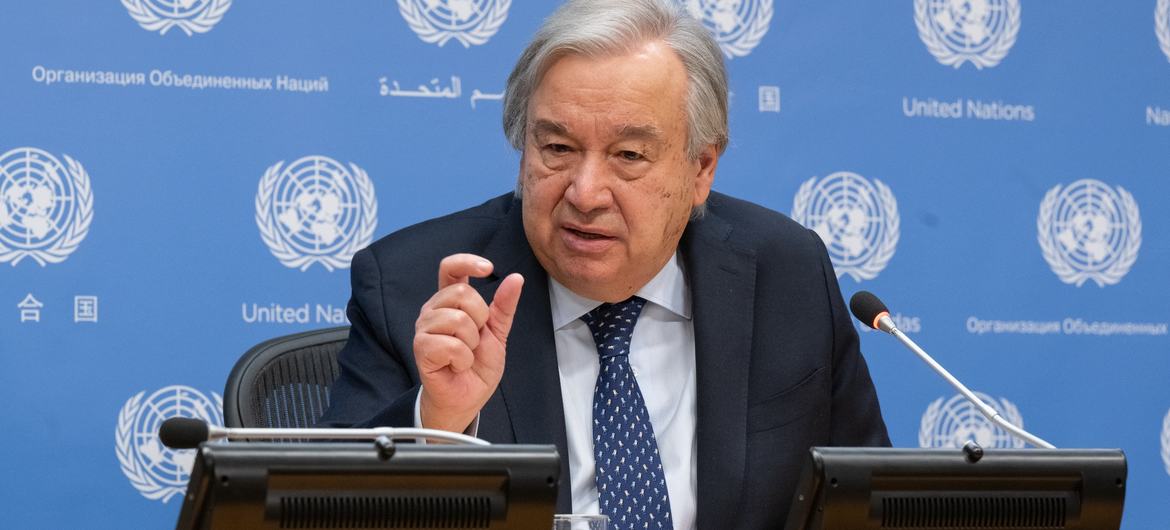By Abishur Prakash
Copyright scmp

Earlier this month, Anthropic, the American artificial intelligence company, entered the US-China fight. It barred companies from using its AI services if they were more than 50 per cent owned by Chinese entities. This was a double punch – China’s access to American technology hit another obstacle, and the global business world was prodded again to reject Chinese investment.
Just a few months ago, Anthropic’s move would have knocked the wind out of China. But the recent Shanghai Cooperation Organisation (SCO) summit in Tianjin and military parade in Beijing have given China new momentum, one seemingly unstoppable as geopolitical winds shift eastward.
In Africa, Kenya is de-dollarising, converting some of its debt from US dollars to yuan. In Europe, Slovakia is securing Chinese rare earths despite the European Union’s push to reduce dependence on imports. And in Asia, after almost 20 years of negotiations, the Power of Siberia 2 pipeline is reportedly advancing, ready to convert European-facing gas fields into Chinese ones.
Surrounding all this are the “holistic shifts”: the United States giving Beijing a “hall pass” over the war in Ukraine, and a potential China-India reset.
Across Eurasia, China is winning big. But this is no longer about nations seeking shelter from US President Donald Trump’s “America first” trade policy. For the first time since the Cold War, the world is between orders. China’s moment to rewire the world may be arriving.
What will Beijing do? The need of the hour is stable trade and development, including for China. Its export growth rate has slowed to a six-month low, even as it redirects trade – including to the Association of Southeast Asian Nations, where exports last month were up 22.5 per cent year on year, or to Africa, where it has amassed a US$60 billion trade surplus this year. Emerging markets still cannot replace the West’s purchasing power.
Either China acts as an architect and draws up a new blueprint for globalisation or it becomes the firefighter, dousing crises in other nations and guarding the systems America helped build, which would be a strange situation. Whatever direction China takes, there are many obstacles to overcome.
Who can China rely on to seize the moment? The SCO, for example, is riddled with rivalries. Pivotal members like India and Pakistan are still effectively on a war footing, paralysing integration or ideas like a reset.
Meanwhile, potential members like Azerbaijan or Armenia, the latter which recently established a strategic relationship with China, just gave America control of the so-called Zangezur Corridor, changing how China can “leverage” these states.
Can China depend on old friends? The China-Pakistan relationship, for instance, is in unfamiliar waters after Islamabad tapped the Asian Development Bank for a US$2 billion loan to help fund its largest Belt and Road Initiative project – the China-Pakistan Economic Corridor – turning to Western-backed finance as China hesitates to commit more capital.
Even Russia, China’s closest ally, is readying a rare earth blueprint for November, a signal that Moscow may soon enter a geopolitical arena dominated by Beijing. Who will Russia sell them to?
The reality is that China’s next big play depends on actors it cannot fully control. If Beijing cannot deliver, many states may reconsider how China-centric their futures should be. Yet this is not only about rewriting trade rules; it is also about protecting nations that link their future to China.
After standing on the sidelines as the US and Israel struck Iran, China cannot afford to remain passive as Washington confronts Venezuela, which sends 90 per cent of its oil to China and is one of the few countries that qualify as an all-weather strategic ally. If both Iran and Venezuela are disrupted and China does nothing, it will have a hard time operating in the same league as the United States.
China has levers it could test. One would be to introduce the “Venezuela question” into US trade negotiations – tying rare earths access to the respectful treatment of one of Beijing’s closest partners. Another would be to limit supplies of critical minerals to nations that fail to uphold what China calls “common security”.
It would place Washington in a bind – forcing it to choose between safeguarding its economy and supply chains, or pursuing geopolitical goals and social campaigns such as countering drugs.
A world between orders is a world turned upside down. Last month, Brazil called for an emergency Brics session to manage the trade disruption. As with India, the US has introduced a 50 per cent tariff on imports from Brazil. Yet, while phrases like “tariff blackmail” were thrown around, little else transpired.
The situation for China – and the world – is far from black and white. Whatever moves Beijing makes, the US is dancing wildly to a new tune. Others may feel that neither nation has what they need.
For China, it comes down to speed, substance and security. Beijing must move fast, provide real solutions and shield those who take its side. At the core is a fundamental question: where is China taking these countries?
Solving tariffs is a short-term game. Eventually, a trade war or a real war will be replaced by some other disruption. In those moments, China cannot be lost and dazed like others. In a world between orders, Beijing must redefine itself before it can redefine the globe. Can China be the steward through the geopolitical chaos?



